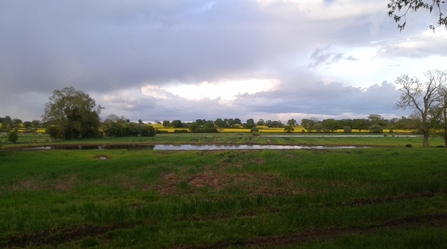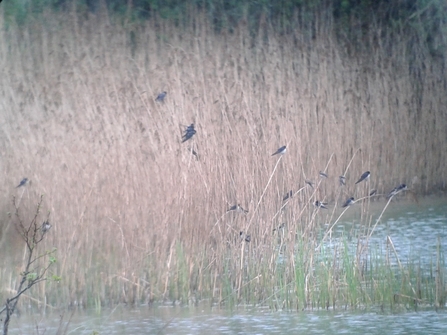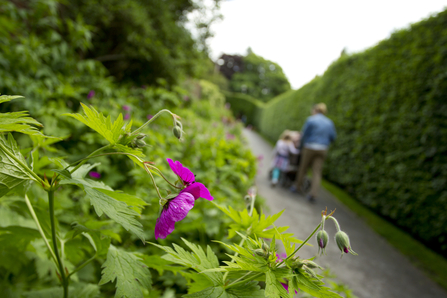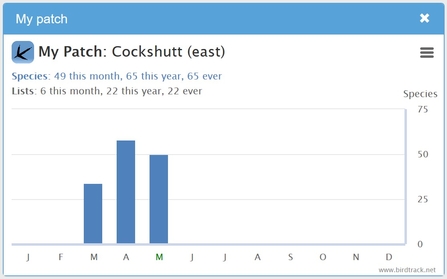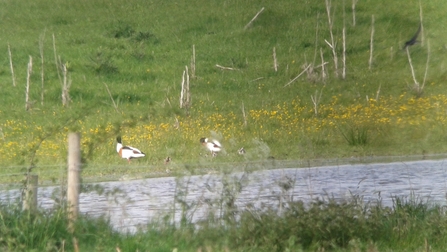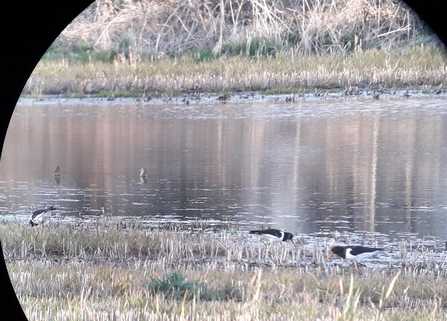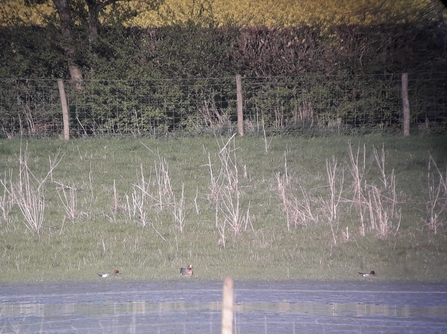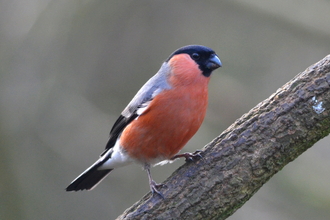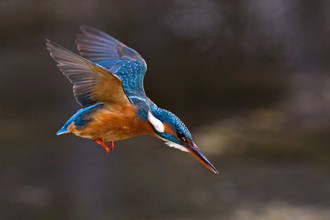For many of us, going for a walk “to clear our heads” is an obvious way of coping with stress. Given the choice, most will choose a quieter route away from roads and busy streets, preferring to walk in parks, footpaths through green spaces or the countryside, or perhaps along a river or canal. Greenery helps (in enclosed spaces there’s evidence that just one plant in a pot can be calming) and if we see some wildlife, which in most settings will typically be birds, so much the better.
For most of our species’ history we have lived in close proximity to nature, mostly in low density rural settlements, a situation that has only changed in the fairly recent past. Before 1850 over half of the population of England and Wales lived in the countryside, and the 170 years since then are just a blink compared to the 200,00 to 300,000 years that our species has existed.


